How to get rid of head lice like a pro
The itchiness. The irritation. The eternal frustration. If you (or your children) have had head lice, you’re all too familiar with these sensations and emotions. Bugs crawling around your hair are far from enjoyable, especially when it feels like itch relief is nowhere in sight. Luckily, there are treatments and home remedies to help get rid of head lice.
Whether you’re looking to get rid of lice on yourself or someone else, there are a few tips you should keep in mind. We spoke with lice removal experts to help dispel the myths and state the facts on these bugs.
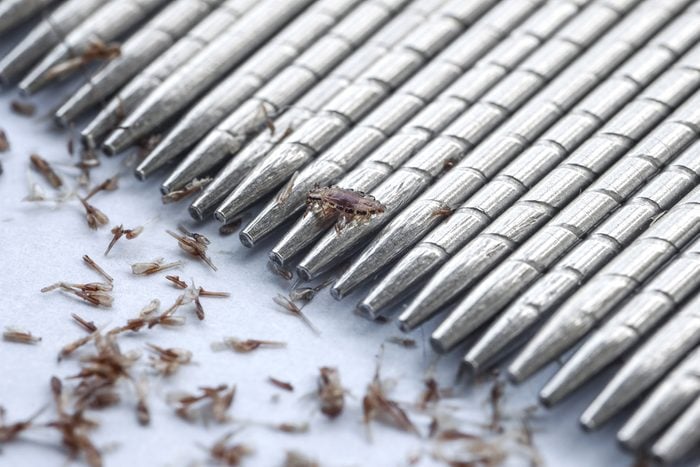
Lice don’t discriminate
Typically, lice is easily spread by schoolchildren. Most people feel shame upon learning that they or their children have lice, and that it somehow means that they lack proper hygiene. Not so, says Lauren Salzberg, who owns and operates Potomac Lice Lady in Potomac, Maryland.
“Whether you’re clean, dirty, rich, poor—people of all socioeconomic classes get lice. Head lice don’t discriminate, and we need to erase the negative stigma attached to them,” she says. (Watch for the 7 clear signs that your child has head lice.)
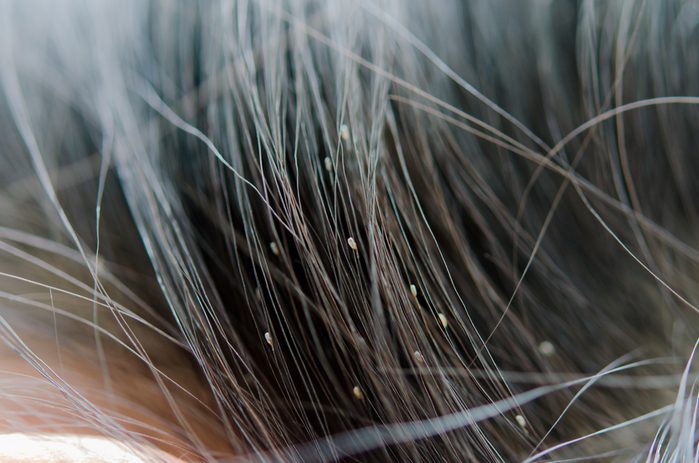
Head lice aren’t dangerous
While the idea of active lice and their eggs lurking in your hair can make your skin crawl, the idea that the bugs spread disease is a myth, says Salzberg. “They’re not dangerous; they’re really just more of a nuisance.” (Check out more myths about lice that just won’t go away.)
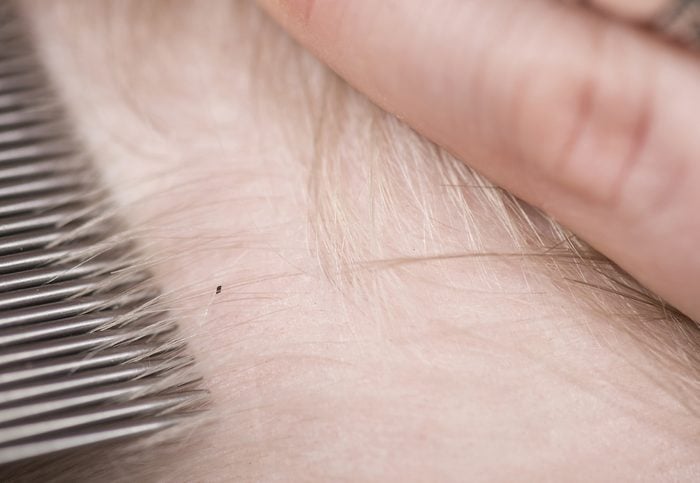
They can’t infest your house
“They’re a true human parasite and only feed on human blood,” explains Dana Mead-Campion of Simply Nitty in Minneapolis. “Our body temperature incubates the lice eggs (nits), our moisture keeps their exoskeletons in good working order, and they transfer primarily from hair to hair. Our environments don’t provide life-sustaining resources, so it’s not necessary to go crazy cleaning.” (An itchy scalp could also be a sign of scalp psoriasis.)
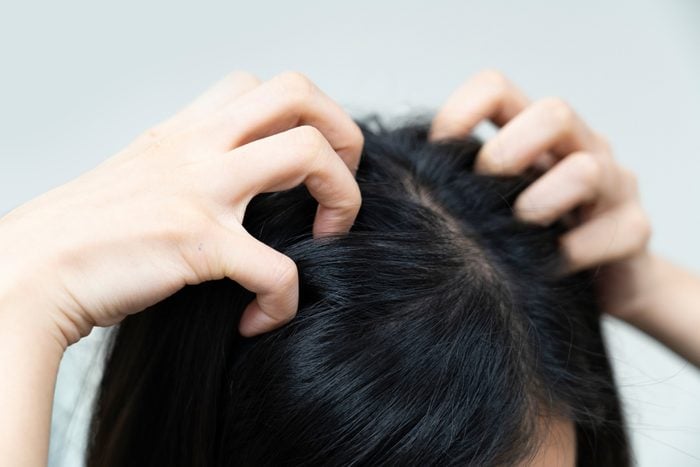
Seriously, lice can’t survive without blood
Mead-Campion understands that many people will feel compelled to clean, clean, clean to fight the parasites. She suggests this: You can throw the infected person’s bedding into the dryer on high heat for 30 minutes—that will take care of any loose bugs. Likewise, you can place hairbrushes in the freezer for 11 hours—or boil them for five minutes (take care that the material can handle the heat). Lice can only survive a day or two away from a human host. (Beware of the unexpected ways you can get head lice.)
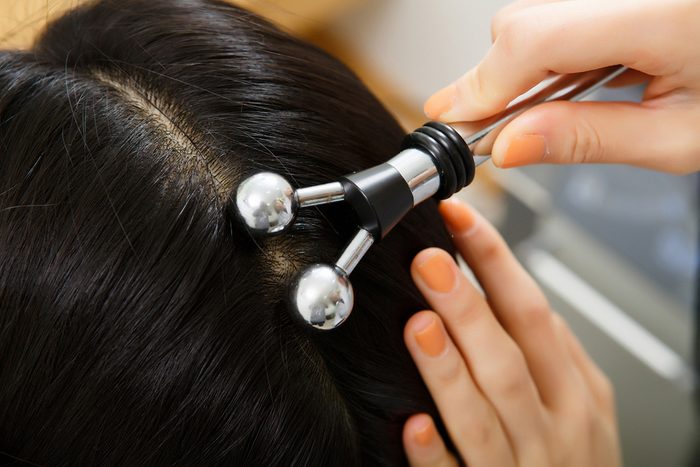
Lice can’t fly
They also can’t jump, hop, or swim. “A person becomes infested through direct head-to-head contact with another person with head lice,” says Krista Lauer, MD, medical director of Lice Clinics of America. “It would be extremely rare to get head lice any other way. This is because head lice have special claws adapted to hang on to and crawl along a human hair. They cannot crawl on other things, and they cannot live for long periods of time off the human head.” (Check out the map that shows where lice has become resistant to standard treatments.)

Your child may not itch despite having lice
The lice-infestation notice comes home from school, but you’re not concerned because your little one hasn’t been showing any signs of itching. Unfortunately, that doesn’t mean lice aren’t there. “Fifty percent of kids with head lice do not display any symptoms,” says Salzberg. “You can have massive infestations and some kids will never, ever scratch their head. It really just depends on how your body reacts to head lice to determine whether or not you’re going to itch.” (Check out the other reasons why your scalp is itchy.)
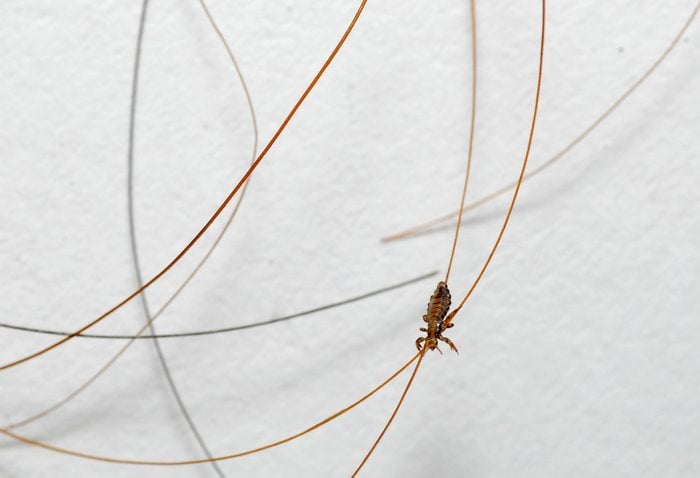
Practical prevention is key
The best way to prevent a head lice infestation is to avoid direct head-to-head contact with others, says Dr. Lauer. For those with longer hair, she recommends wearing it pulled back or tied up in braids or a bun. “It can reduce the risk of head-to-head exposure,” she says. “But remember, head lice are common. There are at least 12 million new infestations in the United States every year, and this number is probably underreported.” (Check out these 11 ways you think you can get lice but won’t.)
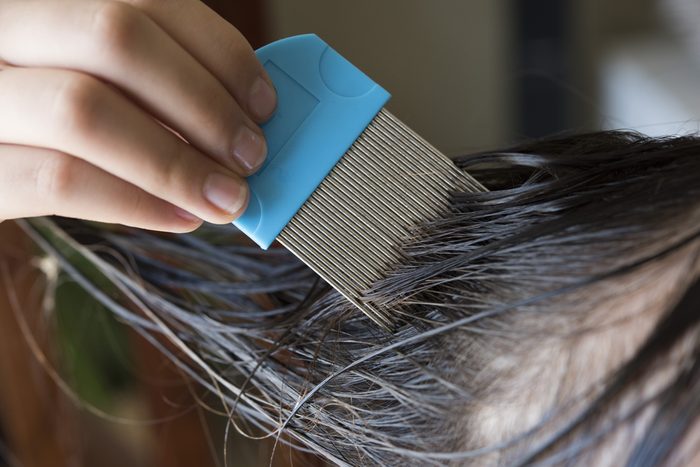
Perform weekly checks
It might seem obsessive, but professional lice removal professionals agree that weekly lice checks on your child are important. Catching lice within a couple of weeks of infestation will reduce the risk that they’ll spread, says Mead-Campion. “We recommend only one lice comb—the Nit Free Terminator Comb—because its performance is exceptional compared to other over-the-counter combs. Weekly comb checks are superior to just visual screenings.”

Those preventive sprays can help
A brief search under “lice prevention” will turn up products that feature the scents of rosemary and tea tree—such as Fairy Tales Rosemary Repel Conditioning Spray. Salzberg says that the sprays can be helpful—just don’t mistake them for treatment of existing lice. “The sprays and conditioners are disguising the human hair scent, which is what the head lice are attracted to.” (Here’s why tea tree oil is often included in lice prevention.)
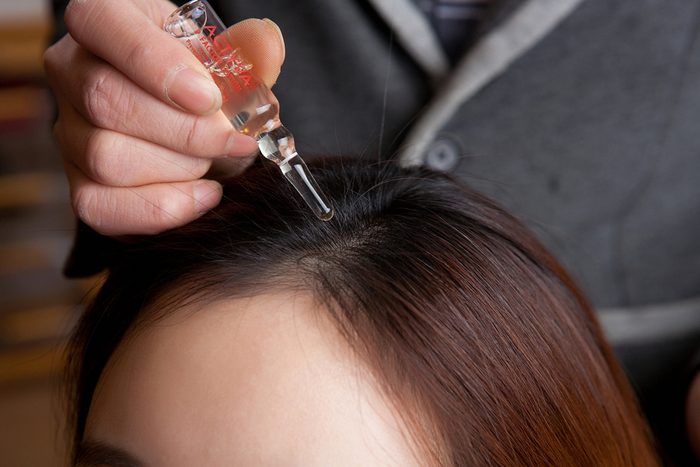
Avoid chemical-laden home treatments
If you spot a chemical home treatment that promises to get rid of the problem, it’s likely too good to be true, says Salzberg. “The ultimate determination that someone is no longer infested can only be accomplished when there’s a thorough screening done with quality lice combs and there’s a complete absence of lice and eggs,” she says. “The lice are very resistant to those pesticide treatments. Parents are very focused on killing the lice when their focus should really be on complete removal.”
That means removal of both adult lice and nits, the tiny eggs that are glued to the hair shaft. Some treatments are better at killing adult lice, others for killing the nits, and some do a combination of both.
No matter what treatment you use, combing the hair with a nit comb can help get rid of any remaining lice and nits. (Here are some healthy hair tips for hair growth and maintenance.)
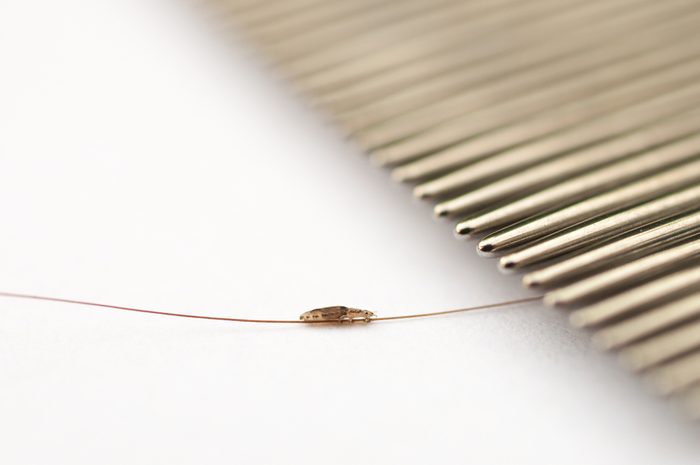
There’s a device that could make life easier
Dr. Lauer explains that heat dehydrates lice and their eggs, and her clinics use precision-controlled, heated air as an effective treatment. One company, Larada Sciences, manufactures a handheld device called OneCure for home use.
“It’s providing access to a cure for head lice infestations to families who cannot get to a clinic,” she says. “This technology is so effective, it ends an infestation with a single treatment.” (Also, make sure to follow the safe ways to use heat on your hair.)

Taking selfies really can give you lice
“When you’re taking selfies, people’s heads are close to each other, so there can be that direct contact with the hair required for lice to transfer,” says Salzberg. “That allows the lice to go from one strand of hair to another.”
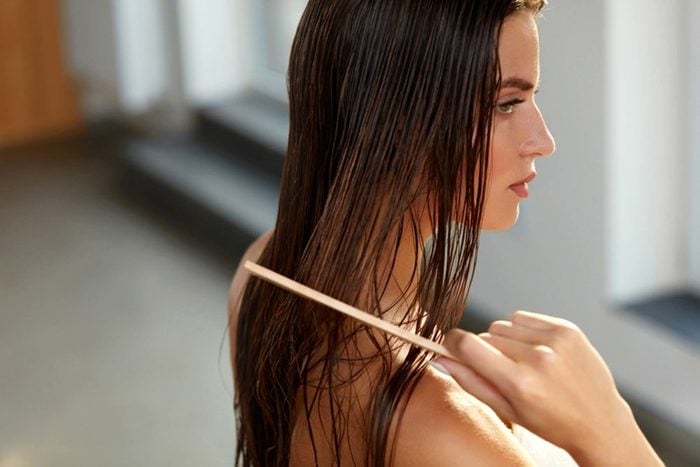
Don’t forget to follow up
Just because you received a professional initial treatment doesn’t mean you’re completely in the clear. Salzberg directs her clients to conduct nightly combings with a lice comb for seven to ten days following treatment. She then recommends that they return to her for another check afterward. (Got a hair appointment? Here’s how to avoid coronavirus at hair salons.)
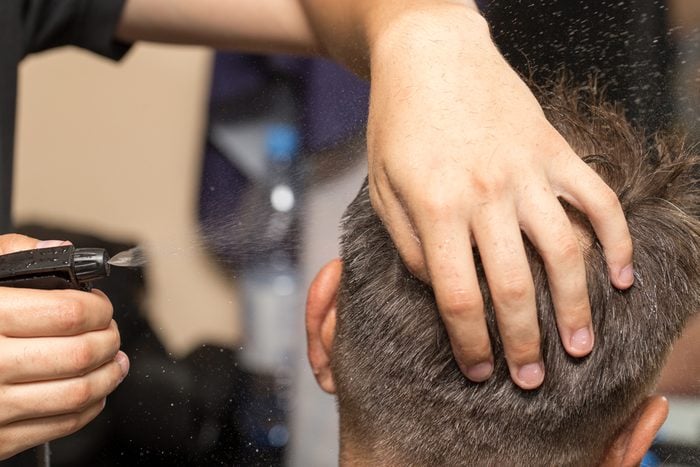
One last friendly reminder from a lice expert
“I would love it if parents looked at lice as a very common childhood ailment,” says Mead-Campion. “Two out of three children will get lice in their childhood. Every child is at risk if they have hair. It’s nothing to be ashamed about. We need to start talking about lice openly and nonjudgmentally. If your child has lice, they got it from someone and possibly gave it to others. It’s the unwanted gift that keeps on giving. There is a saying, ‘Be a friend, tell a friend,’ as it can happen to anyone.” (Next, read about the everyday habits that wreck your hair and nails.)
